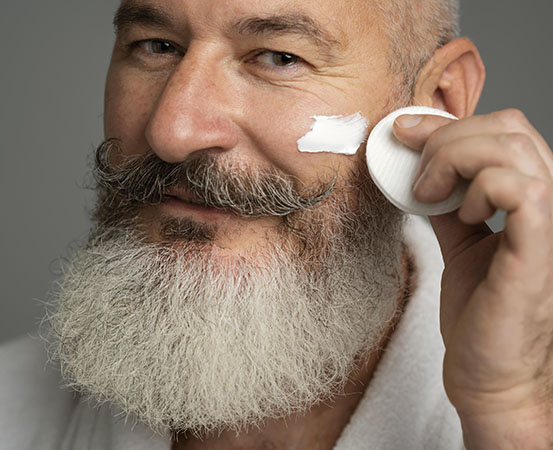
Excess body weight and obesity have been confirmed among the main reasons for an array of health conditions, including diabetes and cardiovascular diseases. What’s not so well-known is that excess flab can also cause multiple skin problems — ranging from minor ones such as acne and stretch marks to more serious conditions like psoriasis.
“In people with obesity, the skin is not only affected by mechanical stress due to excess weight but also by the hormonal and metabolic changes that occur in the body,” says Dr Lakshmi Nalini Kopalle, consultant endocrinologist, Fernandez Hospital and Apollo Clinics, Hyderabad.
The common skin conditions linked to obesity include:
Acanthosis nigricans
Dr Rashmi Ravindra, consultant, dermatology & cosmetology, Fortis Hospital, Bannerghatta Road, Bengaluru, says acanthosis nigricans presents with a velvety pigmented and blackish appearance on the skin folds, commonly on the neck.
“Acanthosis nigricans occurs due to hyperinsulinemia,” she adds. High insulin resistance leads to an increase in the level of insulin in the blood, stimulating skin cells to produce more pigment.
“People may assume the blackening of the neck is dirt, but it doesn’t go away with scrubbing,” says Dr Ravindra.
Hyperkeratosis
Hyperkeratosis is the thickening of the outer layer of the skin on the heels, often appearing like a horseshoe pattern. Dr Kopalle says that excess body weight puts more load on the heels, causing skin thickening, corns and calluses.
Dr Ravindra adds that excess weight can affect the way a person walks or stands, leading to additional stress on the feet and increasing the risk of corns and calluses.
Skin infections
People with obesity also have a higher risk of getting skin infections.
They tend to have deeper skin folds because of their high body mass index, says Dr Kopalle. Sweating, especially during summer, increases friction and moisture in the skin folds. “This increases the risk of skin infections as the skin folds provide a conducive environment for fungal infections to grow,” she says.
Dr Ravindra also mentions folliculitis, a bacterial infection of the hair follicles that occurs near the scalp, chest, back and buttocks.
People with obesity tend to retain more moisture in their skinfolds — this interacts with dust and other elements, creating a favourable environment for bacteria to grow and increasing the risk of developing folliculitis.
Skin tags (acrochordons)
Skin tags are common in obese people and also in those who have diabetes.
According to the American Osteopathic College of Dermatology, the exact cause of skin tags is unknown. But one of the reasons cited is excess skin folds.
People with obesity as they tend to have more skin folds due to the extra fat tissue. “These skin folds increase the friction and irritation between the skin and cause skin tags,” says Dr Kopalle.
Striae or stretch marks
Striae, or stretch marks, are common in people with obesity. “When the body mass increases, it stretches the skin outside,” says Dr Kopalle. “When the skin is stretched too quickly, it causes the collagen and elastin fibres to break down, leaving behind scar tissue that appears as stripes or lines on the skin.”
Psoriasis
According to experts, obesity doesn’t directly lead to psoriasis. However, the risk of psoriasis increases in people with obesity, says Dr Kopalle.
In people with obesity, the adipose tissue produces pro-inflammatory cytokines and adipokines that can contribute to inflammation and insulin resistance.
Similar cytokines and adipokines have been found to be elevated in people with psoriasis, suggesting that obesity-induced inflammation may be contributing to the development or worsening of psoriasis.
Varicose veins
Varciose (or twisted and swollen) veins on the skin are formed due to weak and damaged vein walls and valves that hamper blood circulation. Globally, obesity is cited as one of the main causes of varicose vein formation.
“Excess weight can put increased pressure on the leg veins, affecting blood flow and causing the veins to dilate and become twisted, further leading to leg swelling or conditions like varicose veins,” says Dr Ravindra.
Takeaways
While weight loss is the most effective way to prevent and manage skin conditions linked to obesity, seeking medical advice is essential to determining the appropriate treatment, say experts.
















